https://www.semiaccurate.com/2024/0...g-on-their-snapdragon-x-elite-pro-benchmarks/
Install the app
How to install the app on iOS
Follow along with the video below to see how to install our site as a web app on your home screen.
Note: This feature may not be available in some browsers.
You are using an out of date browser. It may not display this or other websites correctly.
You should upgrade or use an alternative browser.
You should upgrade or use an alternative browser.
New Qualcomm silicon for new Surface May 2024
- Thread starter wco81
- Start date
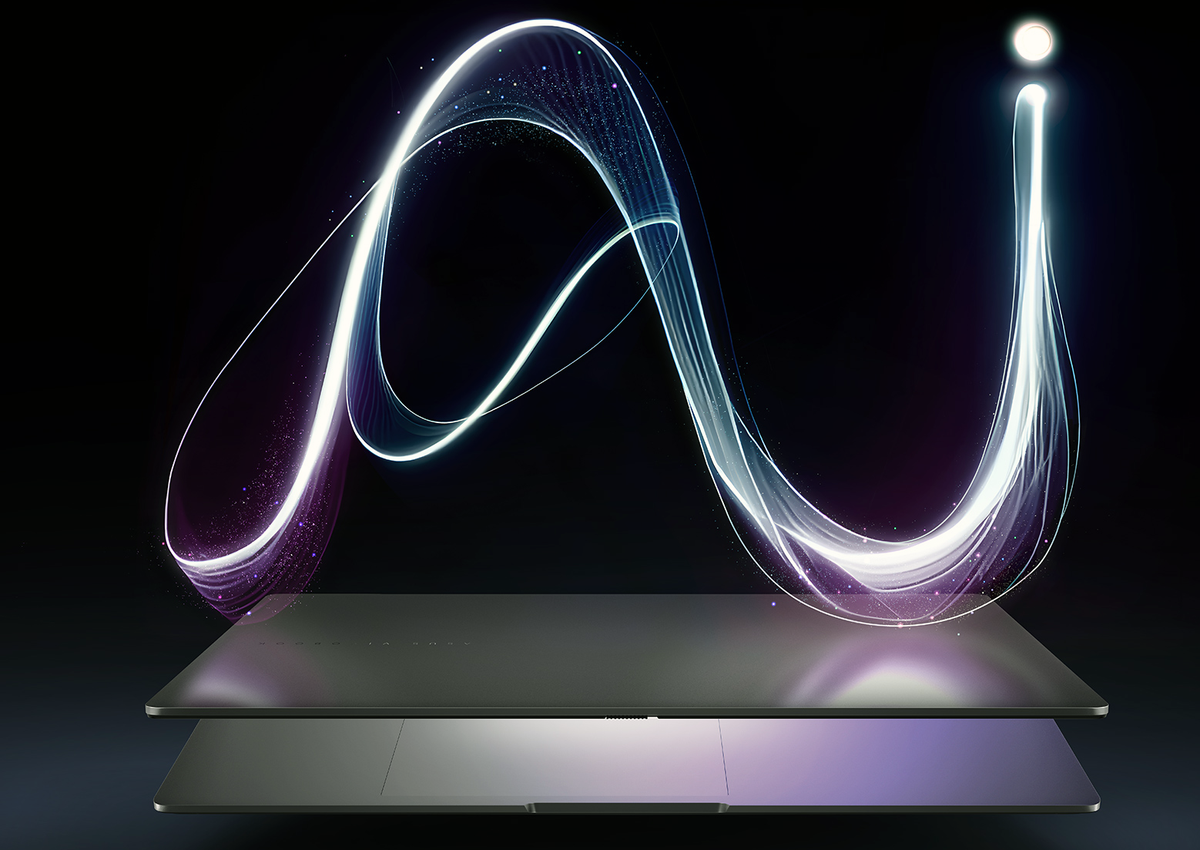
Asus will reveal a long-awaited "AI PC" on May 20 with a Snapdragon X Elite chip
Laptop maker Asus revealed this week that it would debut an AI PC during a live-streamed event on May 20, 2024 called "Next Level. AI Incredible."
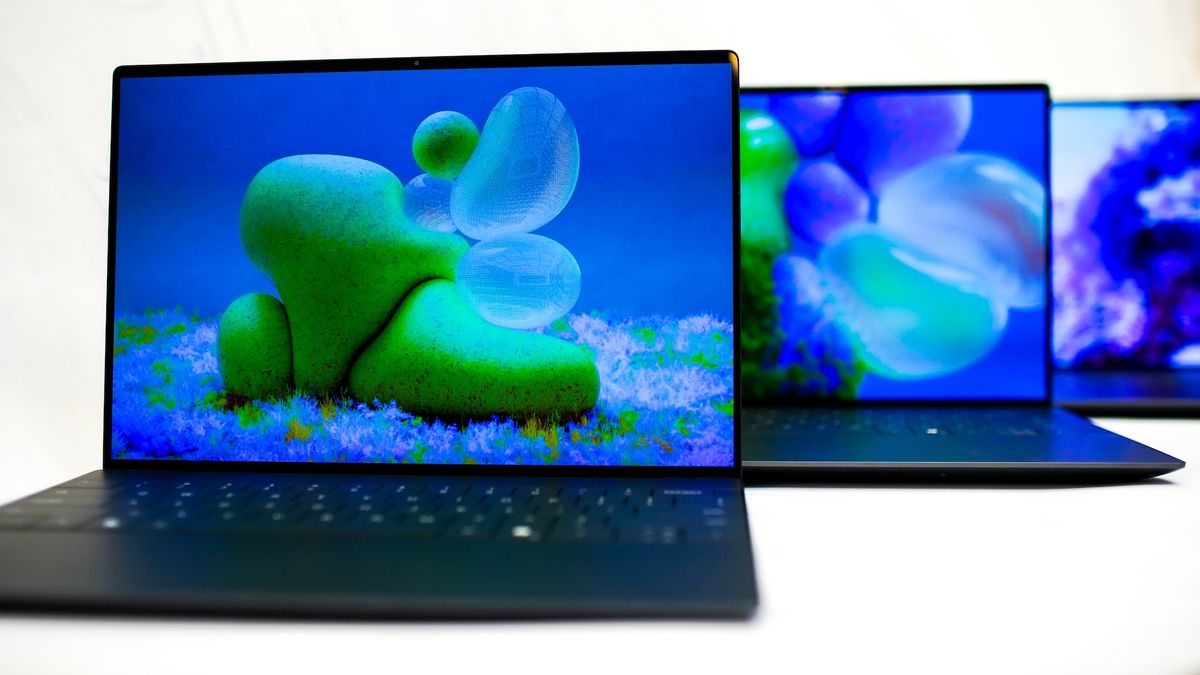
Qualcomm’s Snapdragon X chips in Dell XPS 13 Plus laptops will nearly double battery life over Intel, cost half as much
Arm means better battery life for you, cheaper CPU costs for Dell
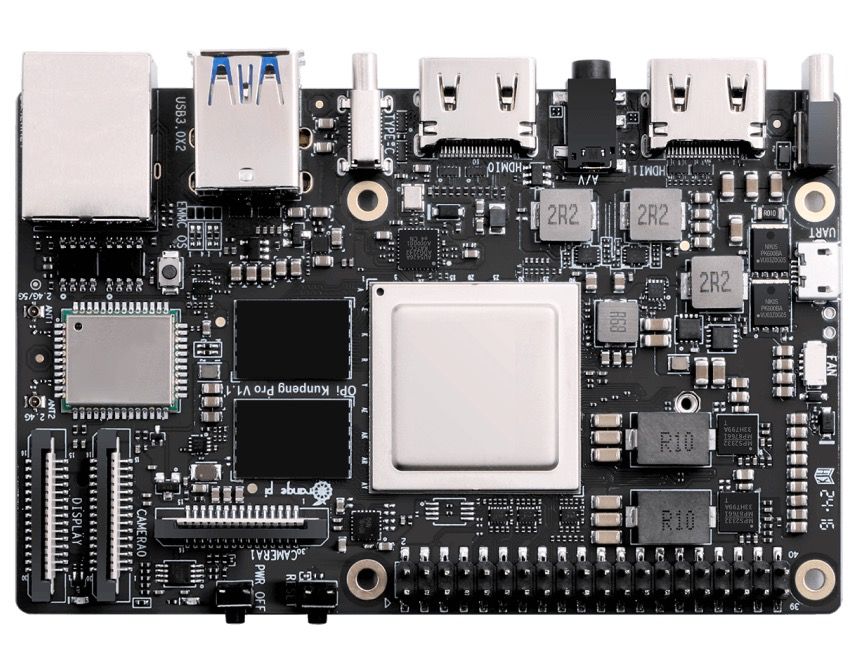
Multiple Arm vendors are making chips for desktop PCs — Arm exec says Qualcomm Snapdragon won't be the only game in town
Arm expects to enter the Windows market on multiple fronts.
cheapchips
Veteran
There were reports yesterday that Nvidia and Mediatek are working on a chip to compete with Snapdragon X. Guess they already have a motor chip partnership but thought it was a bit odd that Nvidia wasn't just going it alone.
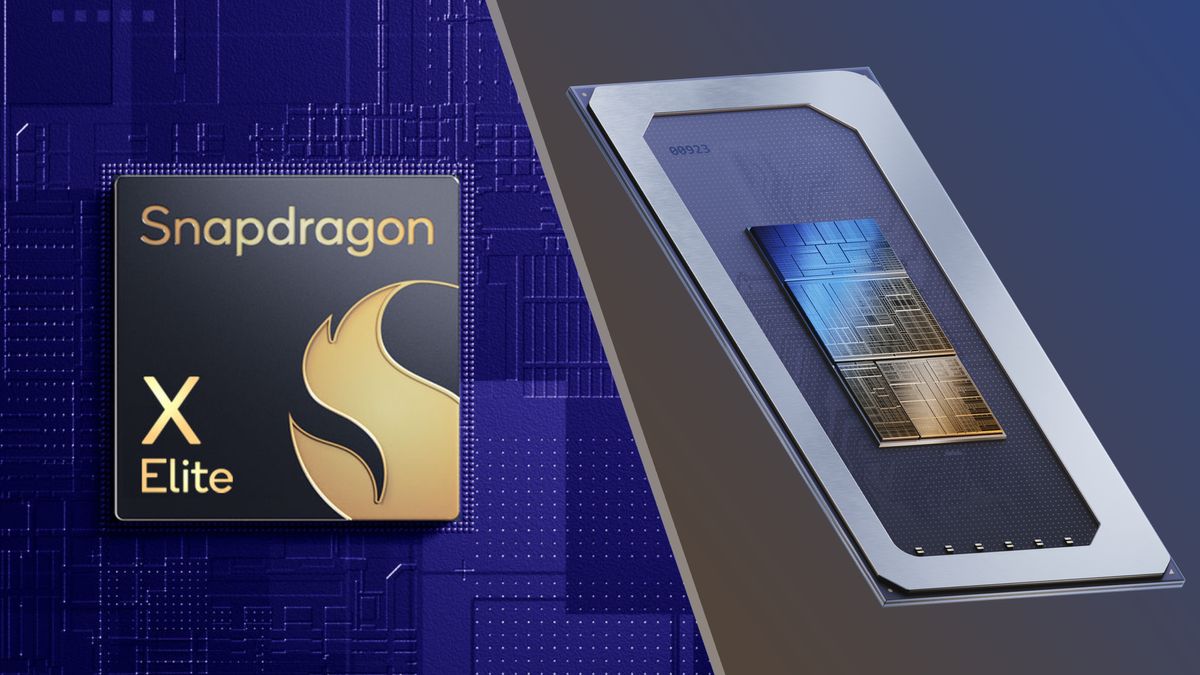
Leaked Dell memo may spell trouble for Intel in competition with Qualcomm
Internal Dell documents show up to 98 percent battery life increase on the XPS laptop when Qualcomm's Snapdragon X is running instead Intel Alder Lake Intel chips.
No WiFi 720p video playback is an unuseful benchmark which is sadly common, it's where Mx laptops get their most extreme battery life lead too.
From a design standpoint it's interesting that the system can't reduce power that far, from a practical one WiFi browsing should be the standard for battery life testing.
I don't want laptops/SoCs to be designed for video. If I can have expandable RAM/SSD and cheaper CPUs through chiplets for say a couple percent of battery life during WiFi browsing that's to me a good deal.
From a design standpoint it's interesting that the system can't reduce power that far, from a practical one WiFi browsing should be the standard for battery life testing.
I don't want laptops/SoCs to be designed for video. If I can have expandable RAM/SSD and cheaper CPUs through chiplets for say a couple percent of battery life during WiFi browsing that's to me a good deal.
Last edited:
I don't know how much AVX is actually used in games.
But I'm more concerned with DX driver support. We've seen just how hard it is with ARC.
The biggest difference here is that MS is one of, if not the biggest games publishers, and they have an inherent reason for arm to be successful compared to arc.
So I would hope they make native office apps, and native ports for all their currently supported games day one the devices launch.
Probably can only put in the store, don't know if steam supports multi-arch.
Minecraft, COD, FlightSim, SOT, Forzas, Bethesda stuff. Would be good for store but hige for the devices.
But I'm more concerned with DX driver support. We've seen just how hard it is with ARC.
The biggest difference here is that MS is one of, if not the biggest games publishers, and they have an inherent reason for arm to be successful compared to arc.
So I would hope they make native office apps, and native ports for all their currently supported games day one the devices launch.
Probably can only put in the store, don't know if steam supports multi-arch.
Minecraft, COD, FlightSim, SOT, Forzas, Bethesda stuff. Would be good for store but hige for the devices.
A lot of recent AAA games like Starfield, Helldivers 2, Horizon Forbidden West, or Ghost of Tsushima unconditionally requires AVX support by default ...I don't know how much AVX is actually used in games.
But I'm more concerned with DX driver support. We've seen just how hard it is with ARC.
The biggest difference here is that MS is one of, if not the biggest games publishers, and they have an inherent reason for arm to be successful compared to arc.
So I would hope they make native office apps, and native ports for all their currently supported games day one the devices launch.
Probably can only put in the store, don't know if steam supports multi-arch.
Minecraft, COD, FlightSim, SOT, Forzas, Bethesda stuff. Would be good for store but hige for the devices.
As for drivers, Intel would be an apt example as to what to expect from QCOM since they both share fickle shader compilers and no developers and I mean *absolutely no developers* will even attempt to test their applications against their driver implementations. For game developers, if it works on the AMD/NV driver implementation then they'll simply proceed to ship their product even if it is subtly broken on other hardware vendors ...
Current Windows on ARM devices will not succeed at being able to run a good chunk of AAA games released in the last couple years or let alone any games with anti-cheat kernel drivers ...
I think MS needs to at least do their part by providing native versions.A lot of recent AAA games like Starfield, Helldivers 2, Horizon Forbidden West, or Ghost of Tsushima unconditionally requires AVX support by default ...
As for drivers, Intel would be an apt example as to what to expect from QCOM since they both share fickle shader compilers and no developers and I mean *absolutely no developers* will even attempt to test their applications against their driver implementations. For game developers, if it works on the AMD/NV driver implementation then they'll simply proceed to ship their product even if it is subtly broken on other hardware vendors ...
Current Windows on ARM devices will not succeed at being able to run a good chunk of AAA games released in the last couple years or let alone any games with anti-cheat kernel drivers ...
Which means doing the work.
Then at least the devices will have a good selection of native software. (all things considered)
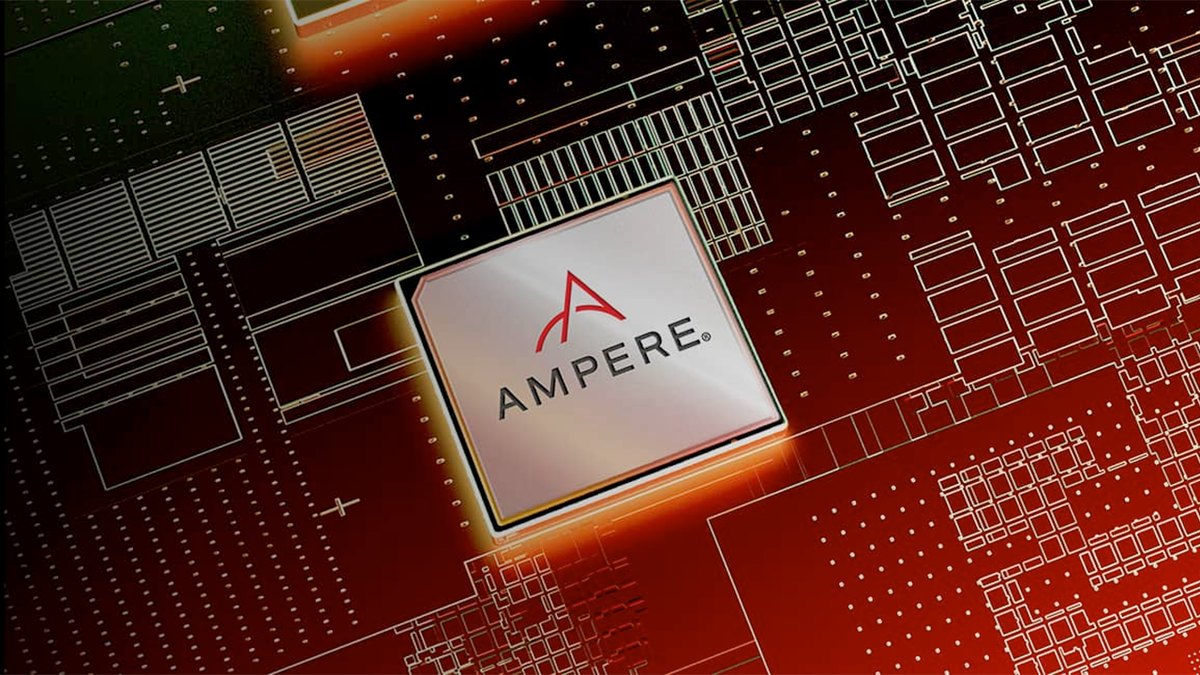
Ampere announces 256-core 3nm CPU, unveils partnership with Qualcomm
Also looking at chiplets, integration of third-party IP.
That still leaves out every other game developer/publisher independent of Microsoft. Sony games are just one of the biggest offenders with the AVX requirement. Ubisoft, Sega, Capcom, and Square are others that have been compiling their games with AVX too. Some DRM tools also use AVX even if the game itself doesn't!I think MS needs to at least do their part by providing native versions.
Which means doing the work.
Then at least the devices will have a good selection of native software. (all things considered)
I think it's good that AVX is being used, fact it may cause issues when being emulated is just life and will either need to be worked around or just not work well.
But natively compiled versions doesn't have to use AVX. Don't know what the state of neon is, expect it to have been superseded by now but could make use of that.
Don't think PS5 has full AVX? So shows games doesn't have to be dependent on it.
I always find that MS puts things out, and tools and say there you go, but are bad at supporting it itself IMO.
But natively compiled versions doesn't have to use AVX. Don't know what the state of neon is, expect it to have been superseded by now but could make use of that.
Don't think PS5 has full AVX? So shows games doesn't have to be dependent on it.
I always find that MS puts things out, and tools and say there you go, but are bad at supporting it itself IMO.
The main problem with AVX emulation is the wider register width (256-bit) and even if the Neon extension features a similar register file size (due to having 2x# regs) there are many cases where you can't do static register allocation to keep the same amount of registers between the the host (ARM) and target (x86) architecture due to the mismatched vector sizes. There are games that don't work on Intel GPUs for this very same reason since some games rely on on having their shaders specifically compiled into either wave64/32 sizes. The former is impossible to emulate without significant slowdowns and while Intel GPUs do have a SIMD32 mode, they can't promise you that their shader compiler won't pick SIMD8/SIMD16 either ...I think it's good that AVX is being used, fact it may cause issues when being emulated is just life and will either need to be worked around or just not work well.
But natively compiled versions doesn't have to use AVX. Don't know what the state of neon is, expect it to have been superseded by now but could make use of that.
Don't think PS5 has full AVX? So shows games doesn't have to be dependent on it.
I always find that MS puts things out, and tools and say there you go, but are bad at supporting it itself IMO.
Even if PS5 features a half rate AVX implementation, using AVX can still be a win over there because of higher instruction cache hit rates and fewer instructions to fetch/decode ...
Microsoft is not at fault. AMD and Intel's x86 implementations are the *industry standard* for PC/console gaming so everyone has to play by their rules if they want to compete against them on their own playing field that is Windows even on a different architecture ...
Understand that there's benefits to AVX, the point is a native port will have to work around it.
You saying that you don't think it could at least match PS5 cpu?
What level of PC cpu did AVX become the norm that games generally target? Or is it still not used much.
That was a general statement about how I feel they don't always personally support things the way they should.
You saying that you don't think it could at least match PS5 cpu?
What level of PC cpu did AVX become the norm that games generally target? Or is it still not used much.
Not saying MS is at fault for anything in this regards.Microsoft is not at fault. AMD and Intel's x86 implementations are the *industry standard* for PC/console gaming so everyone has to play by their rules if they want to compete against them on their own playing field that is Windows even on a different architecture ...
That was a general statement about how I feel they don't always personally support things the way they should.
AVX support was already the baseline with last generation console platforms like the PS4 or X1. A lot of games started using it at the beginning of this decade ...Understand that there's benefits to AVX, the point is a native port will have to work around it.
You saying that you don't think it could at least match PS5 cpu?
What level of PC cpu did AVX become the norm that games generally target? Or is it still not used much.
The problem can be worked around with native ports but that's not really sustainable as only a few have taken up this approach with generous sponsorships from the biggest ARM vendor (Apple) and they have extra hardware for TSO emulation compared to other ARM implementations. Supporting games for Windows on ARM could be potentially more work than it's worth compared to just supporting Apple systems ...
TSO is only used for Rosetta2 as far as I know, not to port software.The problem can be worked around with native ports but that's not really sustainable as only a few have taken up this approach with generous sponsorships from the biggest ARM vendor (Apple) and they have extra hardware for TSO emulation compared to other ARM implementations. Supporting games for Windows on ARM could be potentially more work than it's worth compared to just supporting Apple systems ...
Sure but they can still use Rosetta 2 itself while recompiling their applications without the AVX feature flag to make the porting process as painless as possible ... (only have to do a Metal backend)TSO is only used for Rosetta2 as far as I know, not to port software.
So the big Surface event occurred this morning and they announced actual products. Surface devices are now known as CoPilot Plus PCs?
/cdn.vox-cdn.com/uploads/chorus_asset/file/25456857/Surface_Pro_for_Enterprise1920.jpg)
 www.theverge.com
www.theverge.com
They highlighted the Qualcomm chips:
Microsoft just announced the new Surface Pro, the latest in its lineup of tablet / laptop hybrid devices and the first in a new generation of what Microsoft is calling Copilot Plus PCs. The numbers are gone from the model names, which seems to signify a full reboot of the lineup. “Compared to previous Surface generations, it isn’t even close,” said Brett Ostrum, Microsoft’s corporate vice president of Surface, at a launch event.
Powered by Qualcomm’s new Snapdragon X processors (the Elite and the Plus versions), Microsoft says this new Pro is up to 90 percent faster than the previous model. It also has optional 5G, which tends to come with Qualcomm support. As does better battery life: Microsoft says the Pro will get up to 14 hours of video playback, which isn’t quite as good as the 20 hours it claims for the new Surface Laptop but is still a good sign for the device.
/cdn.vox-cdn.com/uploads/chorus_asset/file/25456857/Surface_Pro_for_Enterprise1920.jpg)
The new, faster Surface Pro is Microsoft’s all-purpose AI PC
Microsoft’s AI PCs are here in a big way.
They highlighted the Qualcomm chips:
You could buy a Pro 9 with a Qualcomm processor inside, which came with some extra camera features, 5G connectivity, and a series of pretty brutal performance tradeoffs. Windows on Arm has steadily improved over the years, but it was still a laggy, glitchy, problematic experience, even in 2022. The Intel model offered significantly worse battery life but significantly better and more reliable performance.
The new Pro, in theory, is the best of all worlds. With the Snapdragon X processor lineup, Qualcomm has been promising that its chip is finally fast enough to rival Apple, AMD, and Intel. Microsoft appears to be confident that this is the year Windows on Arm works out for real.
All that performance exists in the service of AI, of course. Microsoft CEO Satya Nadella kicked off Monday’s event by talking about building computers that “not only understand us but anticipate what we want” and said that the next phase of Windows and computing starts with Copilot. The event also included a new AI feature called Recall and more Copilot integrations in File Explorer, notifications, and elsewhere around Windows. With better devices, Nadella said, you can solve problems with latency and privacy and give AI systems better power. He called Copilot Plus PCs “the fastest, most AI-ready PCs ever built.”
Similar threads
- Replies
- 7
- Views
- 3K
- Replies
- 9
- Views
- 4K
- Replies
- 85
- Views
- 15K
- Replies
- 10
- Views
- 2K
- Replies
- 37
- Views
- 3K
